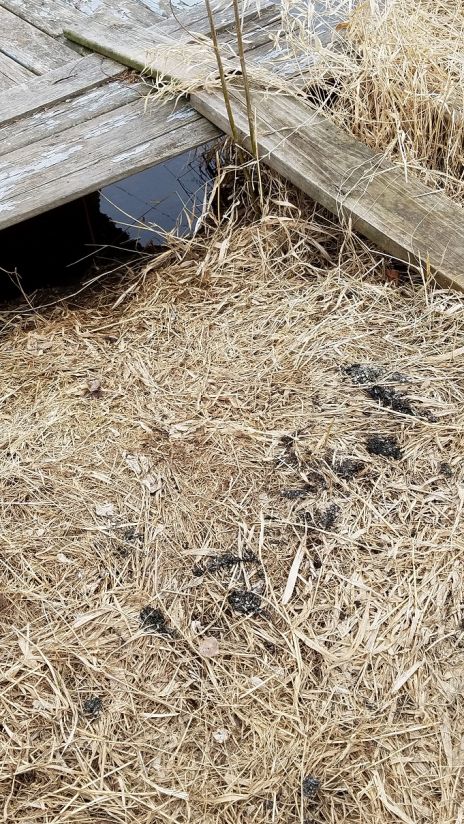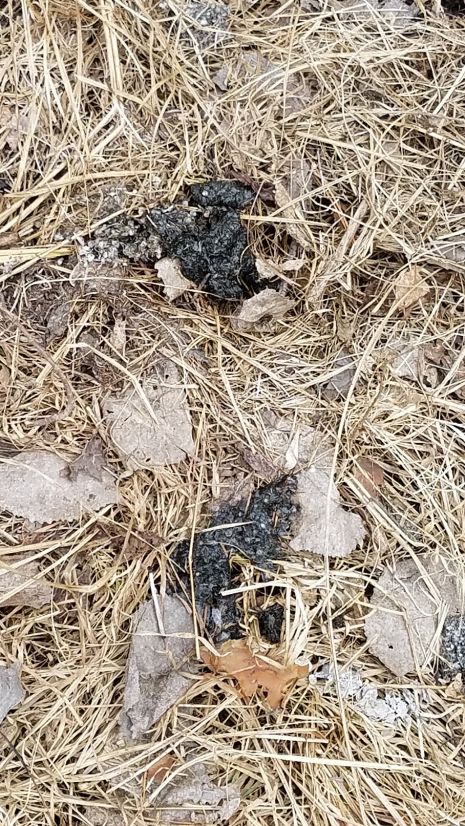Help Track Local Otters
River otters have been spotted in our watershed, but there's still much we don't know about them. Where do they go? What areas do they visit? How far is their range, and why are they visiting different wetlands? These and other questions can be answered with help from community members.
Otters often form latrine sites, meaning scat is localized in a certain place near a wetland or open water. The presence of a latrine or tracks are great indicators of otters without needing to actually see one. They're often active at night, so daytime sightings may be rare.
Residents in the watershed can help us learn more about our otter friends by informing us about their activity and whereabouts. Please contact us at (651) 204-6070 with insights or photos of your findings - thank you for your help!
Otter latrine identification:



